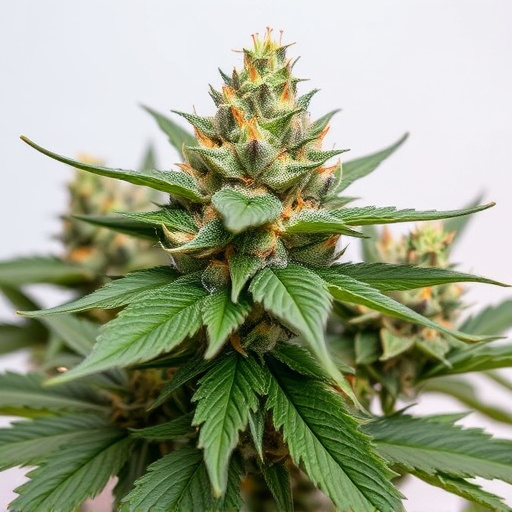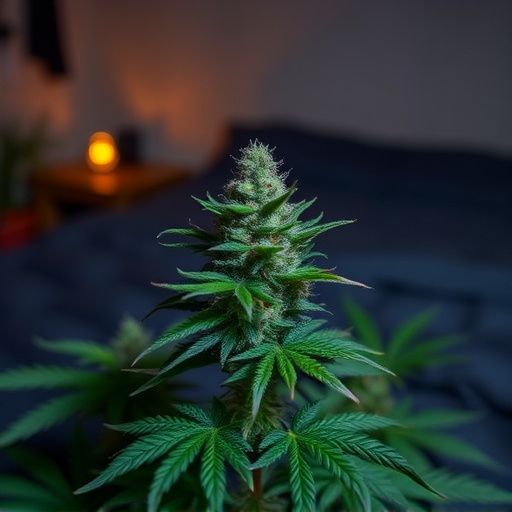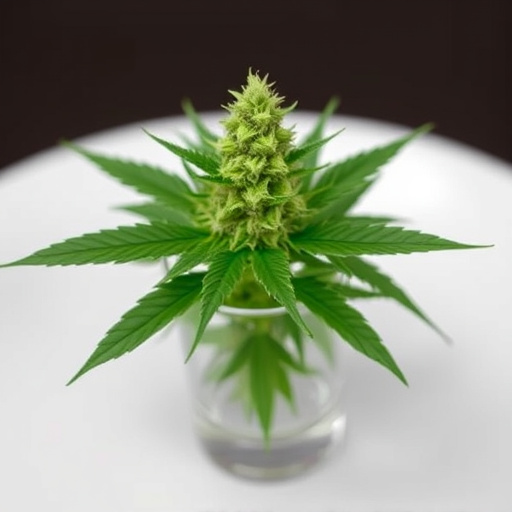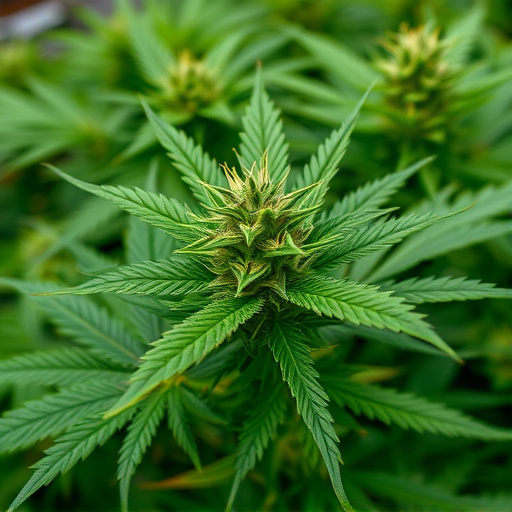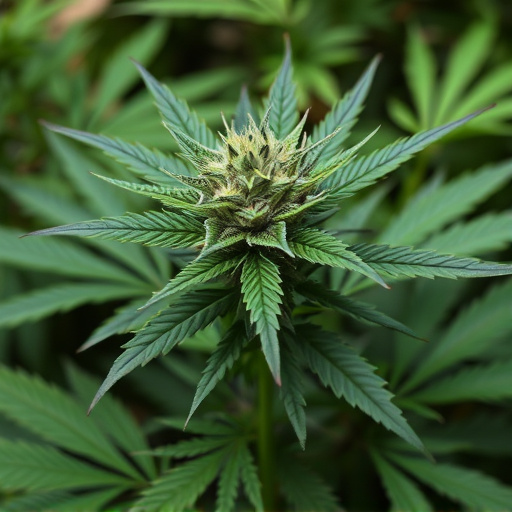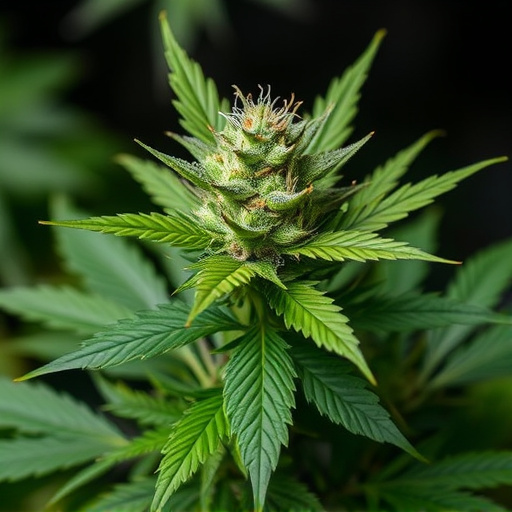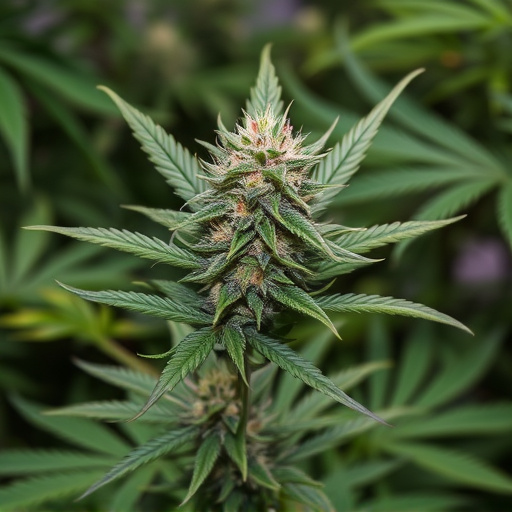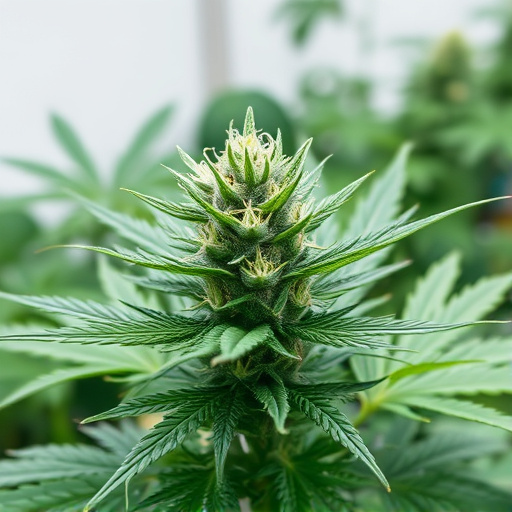Terpenes, aromatic compounds in medical strains of cannabis, play a crucial role in enhancing the plant's therapeutic potential. These volatile oils interact with cannabinoids like THC and CBD, influencing user experience and modifying their effects. Specific terpenes such as myrcene and limonene offer tailored benefits including relaxation, pain relief, mood elevation, and cognitive enhancement. Understanding these terpene-cannabinoid interactions allows healthcare providers to tailor treatments using specific cannabis varieties, optimizing the medical applications of these compounds.
Terpenes, the aromatic compounds in cannabis flowers, play a pivotal role in shaping the user experience and therapeutic benefits. Beyond their contribution to the distinctive scents and flavors, terpenes interact synergistically with cannabinoids like THC and CBD, enhancing or modifying their effects. In the context of medical strains of cannabis, understanding terpenes is crucial for tailoring treatments to individual needs, maximizing efficacy, and providing a more nuanced approach to wellness.
- Understanding Terpenes: The Aromatic Compounds in Cannabis
- The Role of Terpenes in Medical Strains of Cannabis
- How Terpenes Affect the User Experience and Therapeutic Benefits
Understanding Terpenes: The Aromatic Compounds in Cannabis
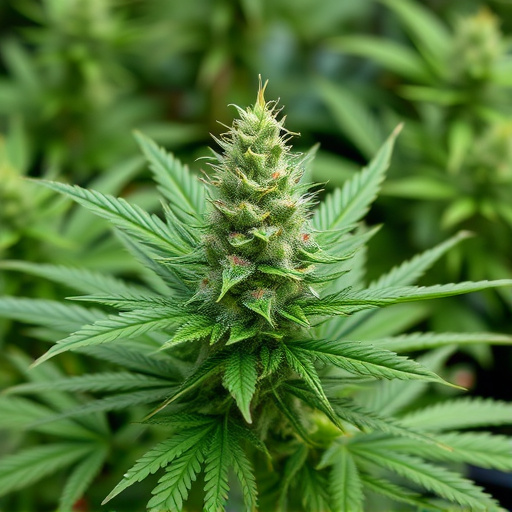
Terpenes, often referred to as aromatic compounds, are a diverse group of chemicals that play a significant role in the unique characteristics of medical strains of cannabis. These compounds are responsible for the distinct aromas and flavors we associate with different cannabis varieties. Beyond their contribution to the sensory experience, terpenes have been gaining attention for their potential therapeutic benefits. Each terpene possesses its own set of properties, ranging from promoting relaxation and reducing anxiety to exhibiting anti-inflammatory and antimicrobial effects.
The complex interplay between terpenes and cannabinoids in cannabis has sparked significant interest in the scientific community. Many believe that understanding this interaction is key to unlocking the full potential of medical cannabis. As research continues to evolve, we’re learning more about how specific terpenes can enhance or modify the effects of cannabinoids, such as THC and CBD, contributing to the overall therapeutic profile of different strains.
The Role of Terpenes in Medical Strains of Cannabis
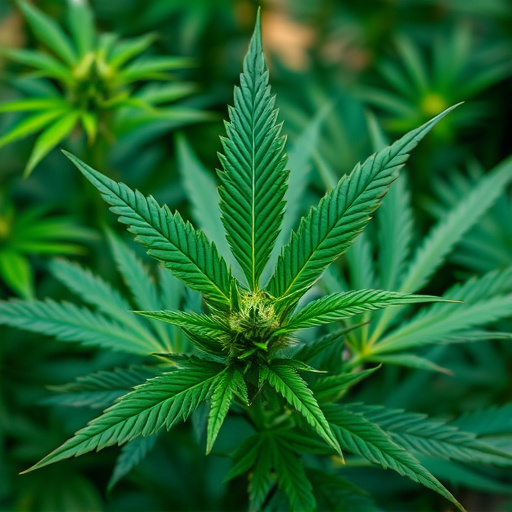
Terpenes, a diverse group of aromatic compounds, play a pivotal role in the therapeutic potential of medical strains of cannabis. Beyond their contribution to the characteristic aromas and flavors, terpenes are known to interact synergistically with cannabinoids, such as THC and CBD, enhancing or modifying their effects. This complex interplay can lead to more effective treatments for various medical conditions. For instance, myrcene, a common terpene in cannabis, is associated with sedative and anti-inflammatory properties, making it beneficial for patients seeking relief from insomnia or chronic pain.
In the context of medical strains of cannabis, terpenes contribute to the plant’s overall bioactivity and efficacy. They can influence the mood, cognitive functions, and physiological responses of users, allowing healthcare providers and patients to tailor their treatments accordingly. Understanding the unique terpene profiles within different cannabis varieties enables medical professionals to recommend specific strains for targeted therapeutic outcomes, highlighting the significance of these compounds in modern medical cannabis applications.
How Terpenes Affect the User Experience and Therapeutic Benefits
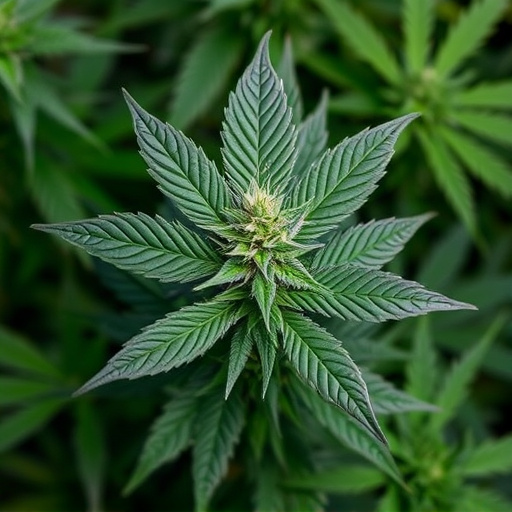
Terpenes, the aromatic compounds found in cannabis flowers, play a significant role in shaping the user experience and therapeutic potential of medical strains. These volatile oils contribute to the distinct scent and flavor profiles that different varieties offer. Beyond sensory appeal, terpenes interact with the endocannabinoid system, modulating the effects of cannabinoids like THC and CBD. Certain terpenes may enhance or mitigate the psychoactive experiences associated with cannabis, allowing users to tailor their intake based on desired outcomes.
For instance, myrcene, one of the most prevalent terpenes, is known for its earthy aroma and sedative properties, making it popular among patients seeking relaxation and pain relief. On the other hand, limonene, with its citrusy scent, is linked to mood elevation and cognitive enhancement, offering potential benefits for anxiety and depression. Understanding these interactions empowers users to choose strains enriched with specific terpenes for targeted therapeutic effects, further optimizing the medical applications of cannabis.
Terpenes, the aromatic compounds found in cannabis flowers, play a significant role in both the user experience and the therapeutic potential of medical strains. By understanding their unique properties, we can better appreciate how terpenes enhance the overall effect of cannabis, providing relief for various conditions while offering a diverse range of aromas and flavors. Incorporating knowledge about terpenes into cannabis medicine allows for more precise treatment options tailored to individual needs.
